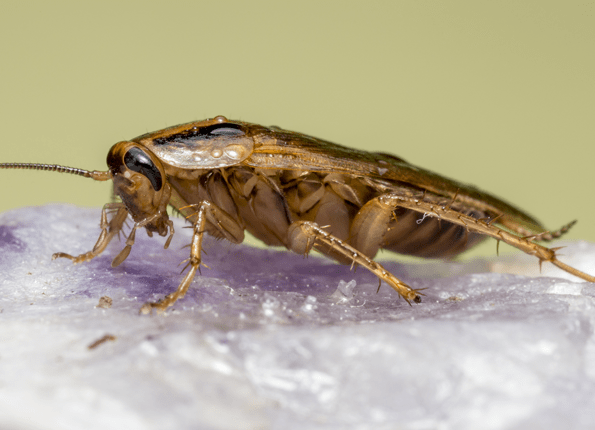Cockroaches prefer low sugar diets

Cockroaches are evolving to prefer low-sugar diets. This is a remarkable adaptation that allows them to avoid the traps and baits that humans use to control them. However, this also poses a challenge for their mating behavior, as they rely on a sugary secretion from the male to initiate copulation. How do these insects overcome this obstacle and ensure their survival?
One possible answer is that male cockroaches have modified their nuptial gift to suit the taste of glucose-averse females. They may have reduced the amount of glucose or replaced it with other sugars or amino acids that are more palatable to the females. Alternatively, they may have shortened their courtship duration and increased their mating frequency to compensate for the lower success rate. These strategies could help them maintain their reproductive fitness and avoid extinction.
Another possible answer is that female cockroaches have developed a tolerance or preference for other types of sugars besides glucose. They may have evolved to detect and accept fructose, sucrose, or maltose, which are also present in the male secretion. These sugars may not trigger the same bitter sensation as glucose, or they may even stimulate the female appetite and receptivity. These adaptations could help them benefit from the nuptial gift and enhance their fecundity and survival.
These are some of the hypotheses that researchers are testing to understand how cockroaches are evolving to prefer low-sugar diets. The results could have implications for pest management practices, as well as for the study of insect evolution and behavior.